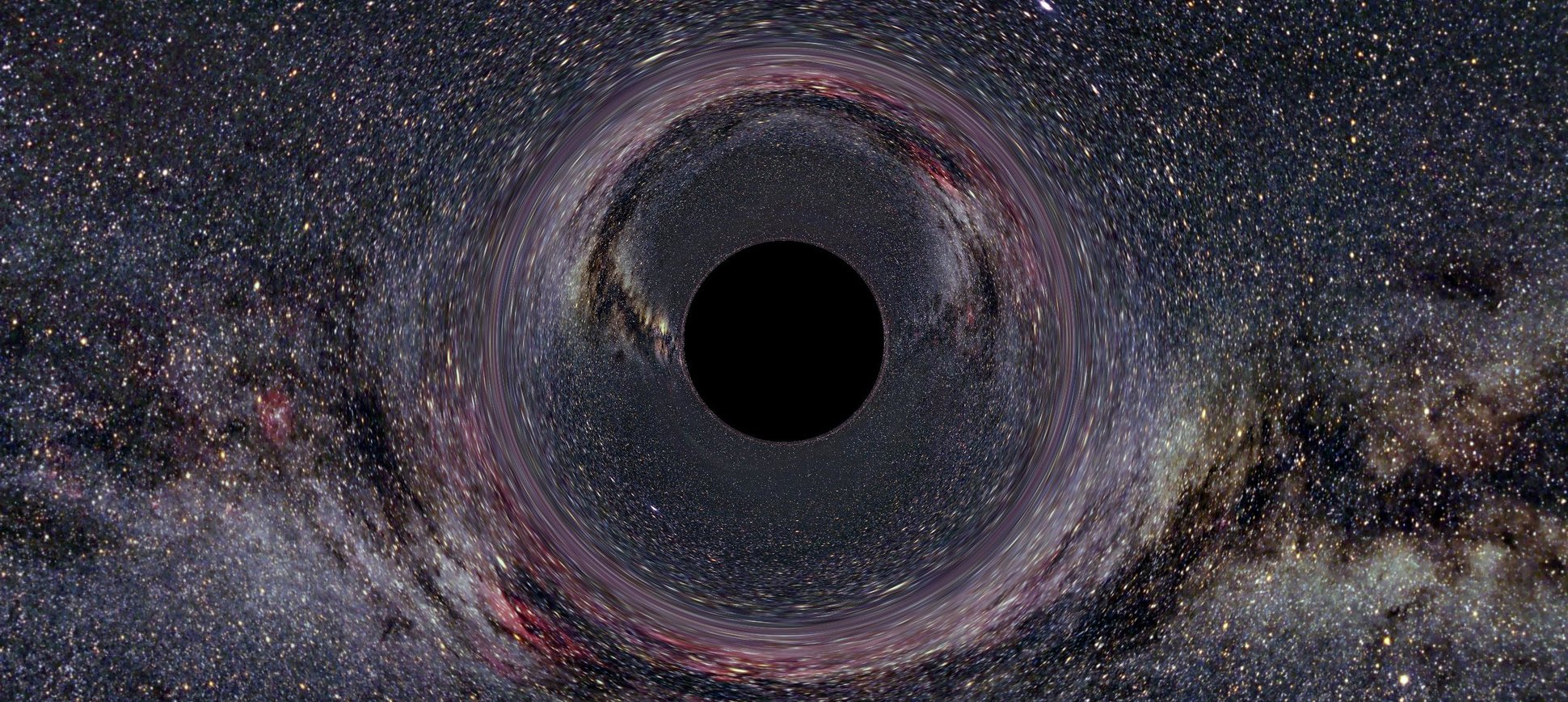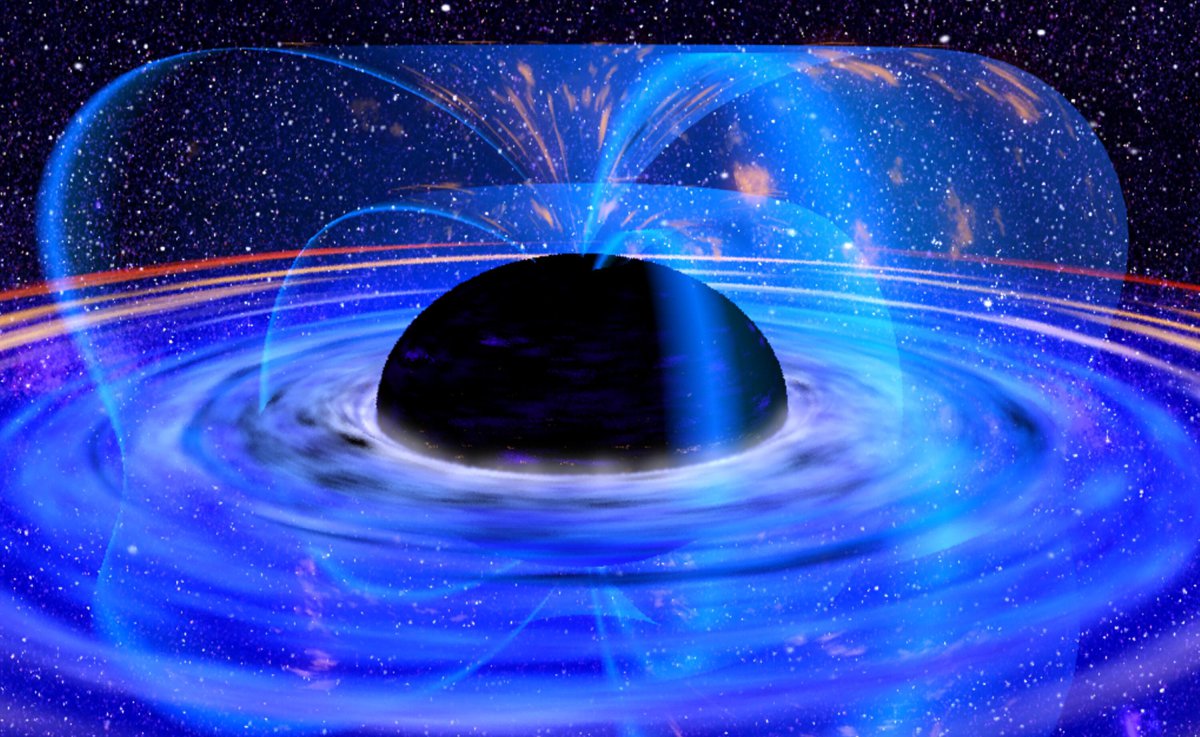So you thought Interstellar was too far-fetched, especially around the end, what with its Tesseract and fifth dimensions? Well, Stephen Hawking says it is true, at least for the most part. The celebrated physicist, who has already changed the way we understand black holes completely once has come up with another radical idea suggesting there is an escape method from a black hole after all.
For decades, scientists have argued about what happens to the information relating to the death of a star that forms a black hole. It’s known that nothing, not even light, can escape from a black hole owing to its intense gravitational pull. Quantum mechanics, though, says that information cannot be destroyed; general relativity says it must be. Hence, the information loss paradox.
In the 1970s, Hawking said black holes could emit “information-less photons” via quantum fluctuations – tiny perturbations in space-time – called Hawking radiation, but in 2004 he produced a new theory that claimed information could actually escape from a black hole. How that would occur wasn’t clear, but now he says he has an answer.
Speaking at the KTH Royal Institute of Technology in Stockholm, Hawking argued that information that is sucked into a black hole is not doomed to remain there forever. “If you feel you are in a black hole, don’t give up,” he said. “There’s a way out.”
“I propose that the information is stored not in the interior of the black hole as one might expect, but in its boundary, the event horizon,” Hawking said. The event horizon is the sort of shell around a black hole, past which all matter will be drawn into the dense object’s powerful embrace.
His new theory means that the particles that enter a black hole leave traces of their information on the event horizon. When they come back out — in a phenomenon called Hawking Radiation — they carry some of that information back out, technically preserving it. “The information is stored in a super translation of the horizon that the ingoing particles [from the source star] cause,” he explained. “The information about ingoing particles is returned, but in a chaotic and useless form. For all practical purposes the info is lost.”[blockquote type=”left”]“The message of this lecture is that black holes ain’t as black as they are painted. They are not the eternal prisons they were once thought. Things can get out of a black hole both on the outside and possibly come out in another universe.”[/blockquote]He elaborated that, if a black hole was large enough and rotating, it could have a passage to a parallel universe. “But you couldn’t come back to our universe,” he said. “So although I’m keen on space flight, I’m not going to try that.”
Malcolm Perry, professor at Cambridge’s Department of Applied Mathematics and Theoretical Physics who collaborated with Hawking, will release more details of Hawking’s groundbreaking new theory soon. The pair expect to publish a paper fully describing their findings next month.
Until then, this video might do a better job of explaining the whole thing than we tried.






Well here’s my opinion, after mother earth is exhausted, probably at the hands of mankind, this star will exploding, like the way we sneeze, will expell life sustaining properties to near by planets, but that’s only the beginning. …………..